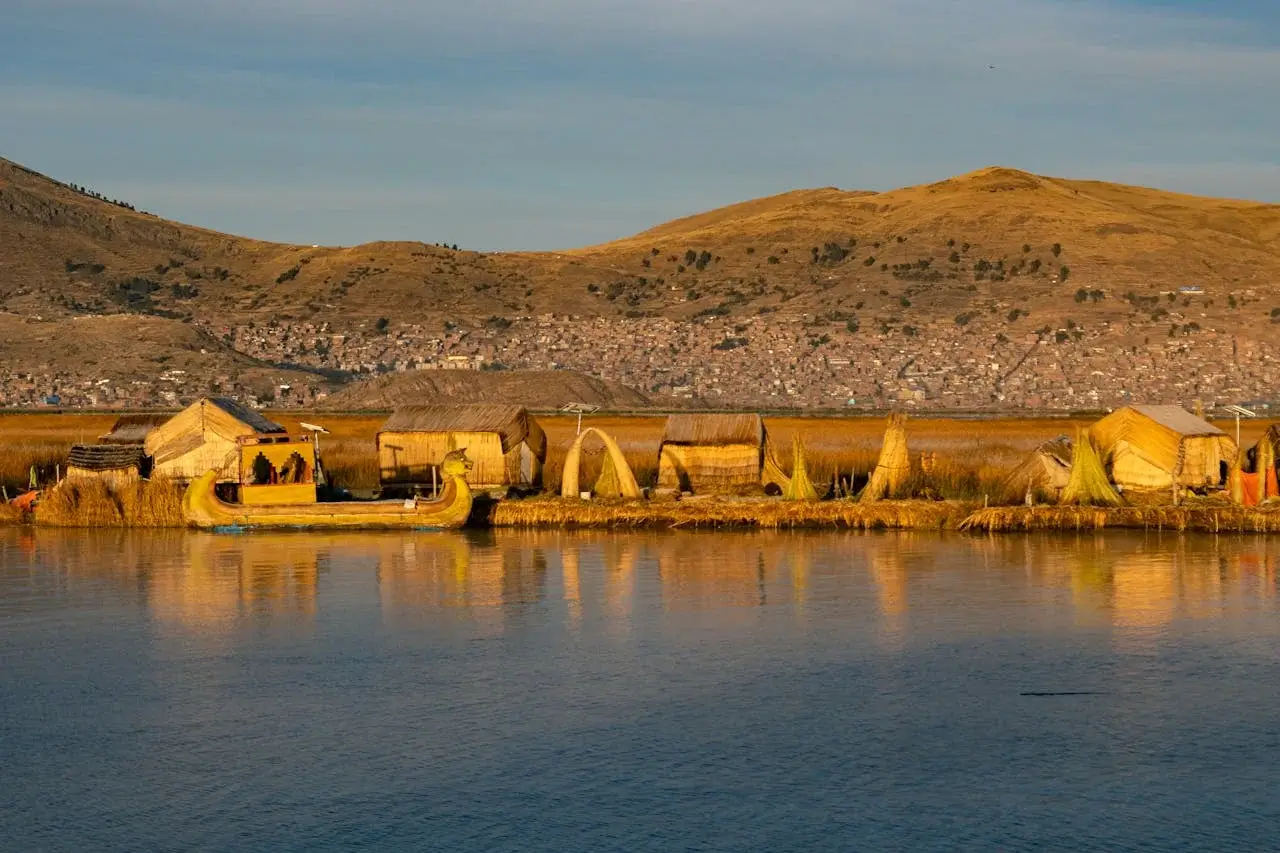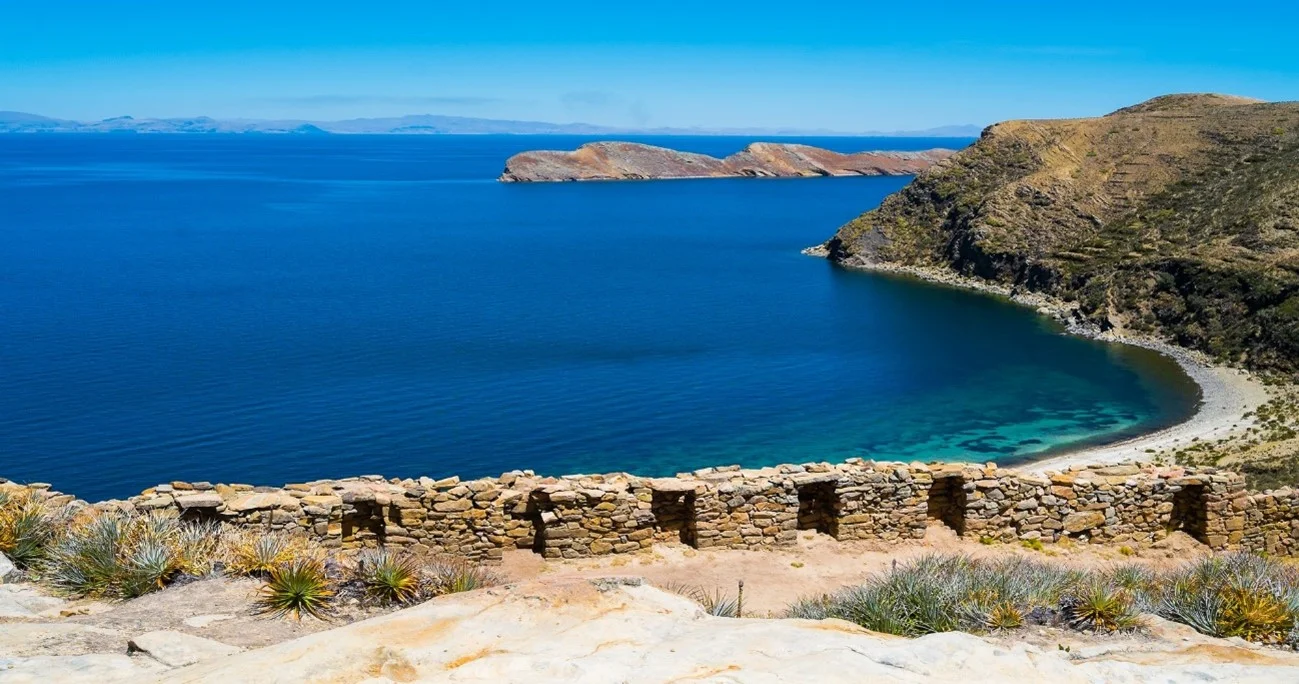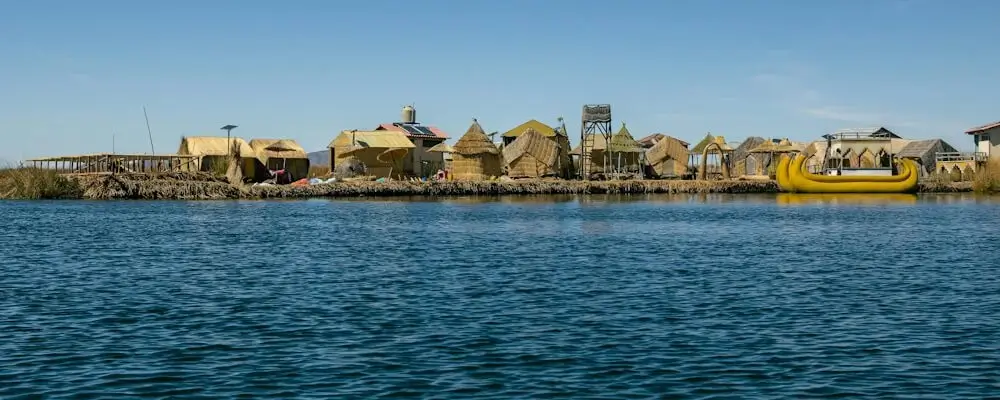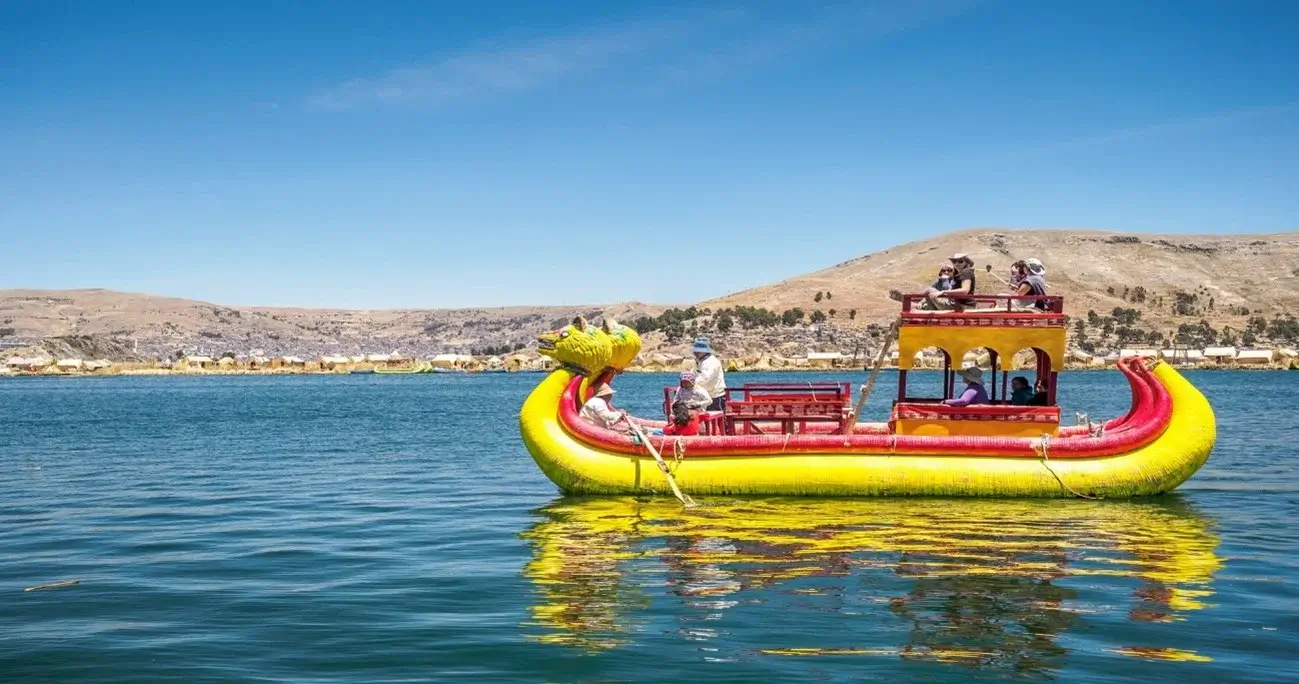Lake Titicaca, perched at an astonishing 3,810 meters (12,507 feet) above sea level, is a mesmerizing jewel of the Andes Mountains. Straddling the border between Peru and Bolivia, it is the highest navigable lake in the world and a cradle of Andean culture. Whether you are seeking authentic cultural encounters, adventurous boat trips, or breathtaking landscapes, Lake Titicaca offers an unforgettable experience.
From floating reed islands to homestays on remote islands, every corner of the lake tells a story of resilience, tradition, and natural beauty. In this guide, we’ll explore how to get there, the best islands to visit, activities, accommodation, and essential travel tips, ensuring your journey is seamless and memorable.
1. Lake Titicaca Overview: Geography, History & Cultural Significance
Lake Titicaca, straddling the border between Peru and Bolivia, is the largest lake in South America by volume and one of the highest navigable lakes in the world at 3,812 meters (12,507 feet) above sea level. Covering approximately 3,200 square miles (8,300 km²) and reaching depths of up to 280 meters, the lake is a unique combination of natural beauty and rich cultural heritage.
The lake is home to more than 40 islands, each with its own traditions and communities. Among them, Taquile and Amantani are famous for their textile arts and vibrant festivals, while the Uros Floating Islands are renowned for their reed-built homes and boats, a remarkable example of sustainable living.
Historically, Lake Titicaca holds a central place in Andean mythology. It is considered the legendary birthplace of the Inca civilization. According to myth, Manco Capac and Mama Ocllo, the founding couple of the Inca dynasty, emerged from the sacred waters of the lake to establish the Inca Empire. Archaeological sites such as Sillustani and Chucuito around the lake reflect its historical importance and offer insight into pre-Inca civilizations.
Today, Lake Titicaca is not just a natural wonder but also a living cultural landscape. Aymara, Quechua, and Uru communities continue to preserve centuries-old traditions, including agriculture, weaving, pottery, and reed boat construction. Visitors can experience local life firsthand through homestays, guided tours, and cultural festivals, making the lake a perfect destination for those interested in both nature and heritage.
2. How to Get to Lake Titicaca: Flights, Trains & Buses
From Cusco:
- Train: Luxury scenic rides on the Belmond Andean Explorer (10-12 hours)
- Bus: Budget-friendly scenic drive (6-8 hours)
From Lima:
- Flights: Direct to Juliaca (1 hr 45 min), then transfer to Puno
- Bus: Overnight scenic journey (~20 hours)
From Arequipa:
- Bus rides (5-6 hours) or connecting flights via Juliaca
Traveling to Lake Titicaca is part of the adventure, offering panoramic views of the Altiplano and Andean landscapes.
3. Best Islands to Visit in Lake Titicaca
Uros Floating Islands: A Living Museum on Reeds
- Highlight: Artificial islands made from totora reeds
- Experience: Guided tours, traditional reed boat rides, cultural demonstrations
- Duration: 2-hour boat trip from Puno
Taquile Island: UNESCO Textile Traditions
- Highlight: Men create intricate textiles, women spin and dye wool
- Experience: Visit terraced hills, communal meals, panoramic lake views
- Tourist Tips: Climb to main square (~45 minutes), learn weaving techniques
Amantani Island: Authentic Homestay Experiences
- Highlight: Community-based tourism with overnight stays
- Experience: Hike to Pachatata and Pachatata peaks, local meals, cultural exchange
- Cost: ~$13 USD per person for meals and accommodation with host family
Isla del Sol (Bolivia): Inca Archaeological Heritage
- Highlight: Over 80 Inca ruins
- Experience: Hike between Challapampa and Yumani (3-4 hours), stunning Cordillera Real views
- Travel Tip: Ferry from Copacabana (20-30 Bolivianos), bring cash
Top Activities on Lake Titicaca
1. Scenic Boat Tours
Discover the magic of Lake Titicaca on a scenic boat tour, visiting the famous Uros Floating Islands, remote villages, and hidden corners of the lake. Enjoy panoramic views of snow-capped mountains, sparkling waters, and traditional island life.
2. Cultural Workshops
Immerse yourself in local culture by participating in hands-on workshops. Learn traditional weaving techniques, Andean cooking, and the art of constructing reed boats from the indigenous Uru and Aymara communities.
3. Hiking & Photography
Explore hiking trails on Amantani and Isla del Sol for unforgettable sunrise and sunset views. Capture breathtaking landscapes, ancient ruins, and the unique way of life on the islands perfect for photography enthusiasts and nature lovers.
Accommodation Options on Lake Titicaca: From Luxury Lodges to Island Homestays
1. Luxury Lodges
Experience comfort and stunning lake views at Lake Titicaca’s top luxury lodges. Titilaka Lodge, with 18 elegantly designed rooms, offers all-inclusive stays, gourmet dining, and guided excursions. Libertador Lake Titicaca, featuring 123 rooms, combines modern amenities with panoramic lake vistas and curated cultural experiences.
2. Eco-Lodges & Island Retreats
For a closer connection to nature, consider eco-lodges and island accommodations. Suasi Island and Amantica Lodge provide serene retreats with sustainable practices, while Isla del Sol Ecolodge allows visitors to immerse themselves in local culture and breathtaking landscapes.
3. Budget-Friendly Stays
Travelers on a budget can enjoy authentic experiences through homestays on Taquile and Amantani islands, where local families welcome guests into their homes. Affordable hotels in Puno offer rooms ranging from $10–$25 per night, providing basic comfort while keeping you close to the lake’s main attractions.
6. Best Time to Visit & Weather Insights
- Dry Season: May to September – sunny, less rain, ideal for photography
- Rainy Season: December to March – fewer tourists, wet weather, cooler temps
- Tips: Nights are cold; pack warm layers and sun protection
7 Essential Travel Tips for High-Altitude Visitors to Lake Titicaca
- Acclimate Properly: Spend 1–2 days in Cusco or Puno before visiting Lake Titicaca to help your body adjust to the high altitude and reduce the risk of altitude sickness.
- Stay Hydrated: Drink plenty of water throughout the day and avoid alcohol or heavy meals, which can exacerbate altitude-related discomfort.
- Use Preventive Measures: Try coca leaves, coca tea, or soroche pills as natural remedies to prevent altitude sickness while exploring the lake.
- Dress in Layers: Temperatures can change quickly at high altitudes. Bring layered clothing, a warm jacket, and waterproof gear to stay comfortable in varying conditions.
- Protect Yourself from the Sun: High-altitude sun is intense. Apply high SPF sunscreen, wear a hat, and use lip balm to avoid sunburn and chapped lips.
- Carry Essentials: Bring a reusable water bottle, camera, comfortable walking shoes, and a daypack for excursions and island visits.
- Respect Local Customs & Ensure Safety: Carry cash since ATMs are limited, follow local traditions, treat family-run homestays with respect, and purchase travel insurance that covers high-altitude and remote travel.
Sample Itineraries for 1–3 Days on Lake Titicaca
- 1 Day: Puno city tour + Uros Floating Islands
- 2 Days: Uros + Taquile Island day trip
- 3 Days: Uros + Taquile + Amantani overnight homestay
Lake Titicaca is more than a lake it’s a cultural journey and a natural wonder. From the floating islands of Uros to the textile traditions of Taquile and the community homestays of Amantani, every experience immerses travelers in the Andean world. With careful planning, respect for local traditions, and high-altitude preparation, your visit to Lake Titicaca will be a highlight of your Peru adventure.
Ready to explore the world’s highest navigable lake and experience the magic of Lake Titicaca firsthand? Book your unforgettable Peru adventure with Andean Travel Experience today and immerse yourself in culture, history, and breathtaking landscapes!




